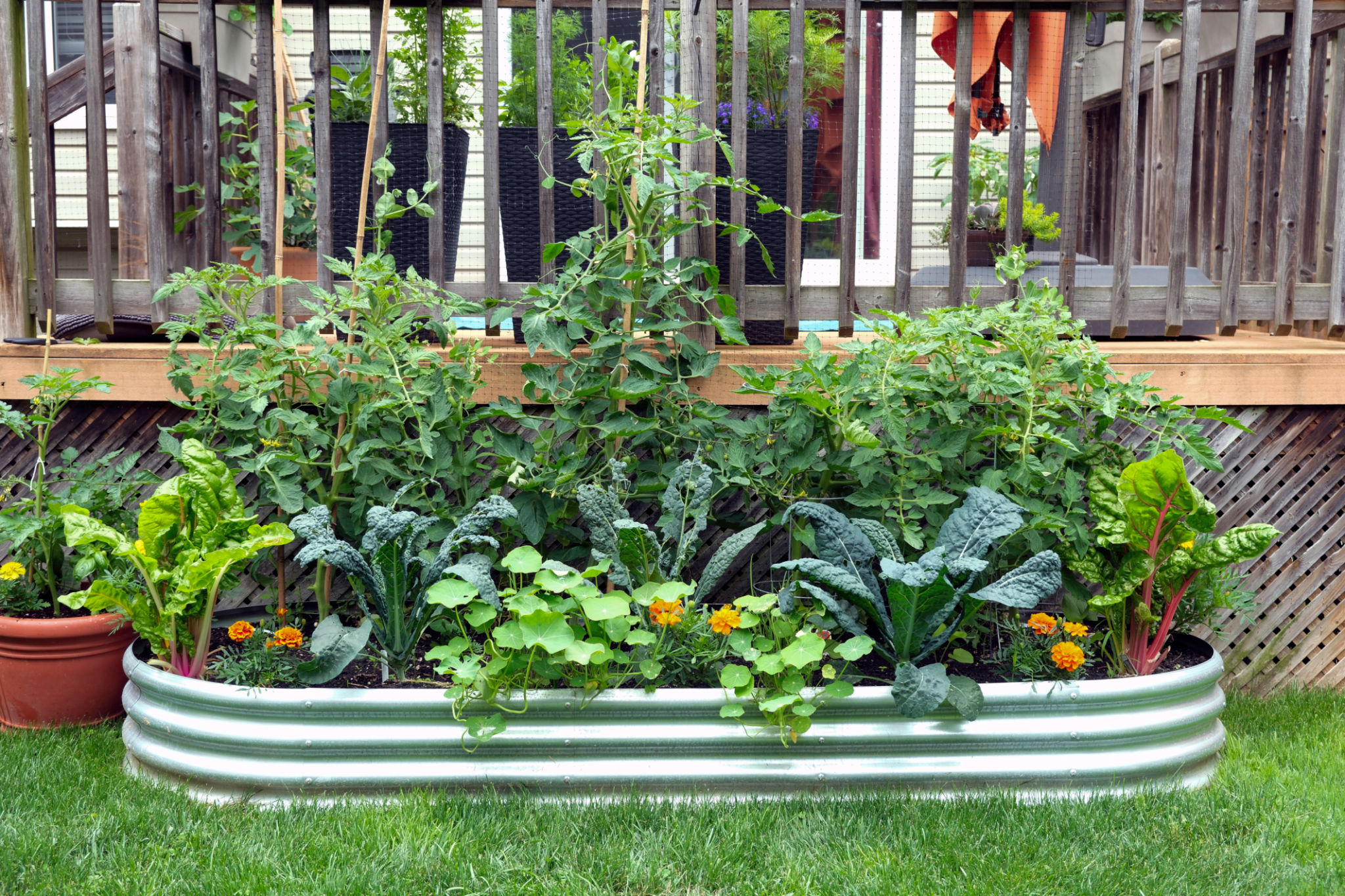Seasonal Planting Guide: Best Times to Grow in Ghana’s Climate
Understanding Ghana’s Climate
Ghana’s climate is predominantly tropical, characterized by two distinct seasons: the wet and the dry seasons. The southern part of the country experiences two rainy periods: the major rainy season from April to June and the minor rainy season from September to November. Meanwhile, the northern regions have a single rainy season from May to October. Understanding these seasonal patterns is crucial for successful planting.
Knowing when to plant is essential for maximizing yield and ensuring healthy crop growth. The timing of planting should align with the start of the rainy season to ensure that crops receive adequate water supply. Let’s explore the best times to plant various crops in Ghana’s diverse climate.

Best Planting Times for Vegetables
Vegetables are a staple in Ghanaian cuisine, and planting them at the right time can make a significant difference in their growth and productivity.
Leafy Greens
Crops like spinach, lettuce, and kale thrive in cooler temperatures. The best time to plant these leafy greens is at the beginning of the minor rainy season in September. This allows for optimal growth as temperatures are moderate, and there is consistent rainfall.
Root Vegetables
Root vegetables such as carrots and beets should be planted at the onset of the major rainy season in April. This timing ensures that these crops benefit from the consistent rainfall needed to develop firm, flavorful roots.

Optimal Times for Planting Grains
Grains are a crucial part of Ghana's agricultural landscape. Timing your planting can help ensure a bountiful harvest.
Maize
Maize is one of the most widely grown crops in Ghana. For optimal growth, plant maize at the start of the major rainy season in April or May. This period offers ample rainfall and sunlight, which are critical for maize development.
Rice
Rice requires a lot of water, making it ideal to plant during the major rainy season in April or May. However, in regions with access to irrigation, rice can also be planted during the dry season.

Fruit Planting Schedule
Fruits not only provide essential nutrients but also serve as a source of income for many farmers in Ghana. Here’s when to plant some popular fruits.
Pineapples
Pineapples can be planted almost year-round due to their adaptability but are best planted at the end of the minor rainy season in November to take advantage of the subsequent dry months for fruit maturation.
Mangoes
Mango trees should be planted at the beginning of the major rainy season in April or May, allowing them to establish strong roots before the dry spell sets in.

Herbs and Spices Planting Guide
Herbs and spices are invaluable in adding flavor to dishes and are relatively easy to grow. Timing is key to maximizing their potency and yield.
Basil and Mint
These herbs should be planted during the minor rainy season in September when temperatures are cooler, helping them retain their aromatic oils.
Ginger
For ginger, it’s best to plant at the onset of the major rainy season in April or May. This timing takes advantage of the moist soil conditions needed for ginger rhizomes to thrive.
By aligning your planting schedule with Ghana’s seasonal patterns, you can enhance crop yield and quality. Whether you're a seasoned farmer or a home gardener, understanding these optimal planting times will help you make the most of Ghana's rich agricultural potential.
